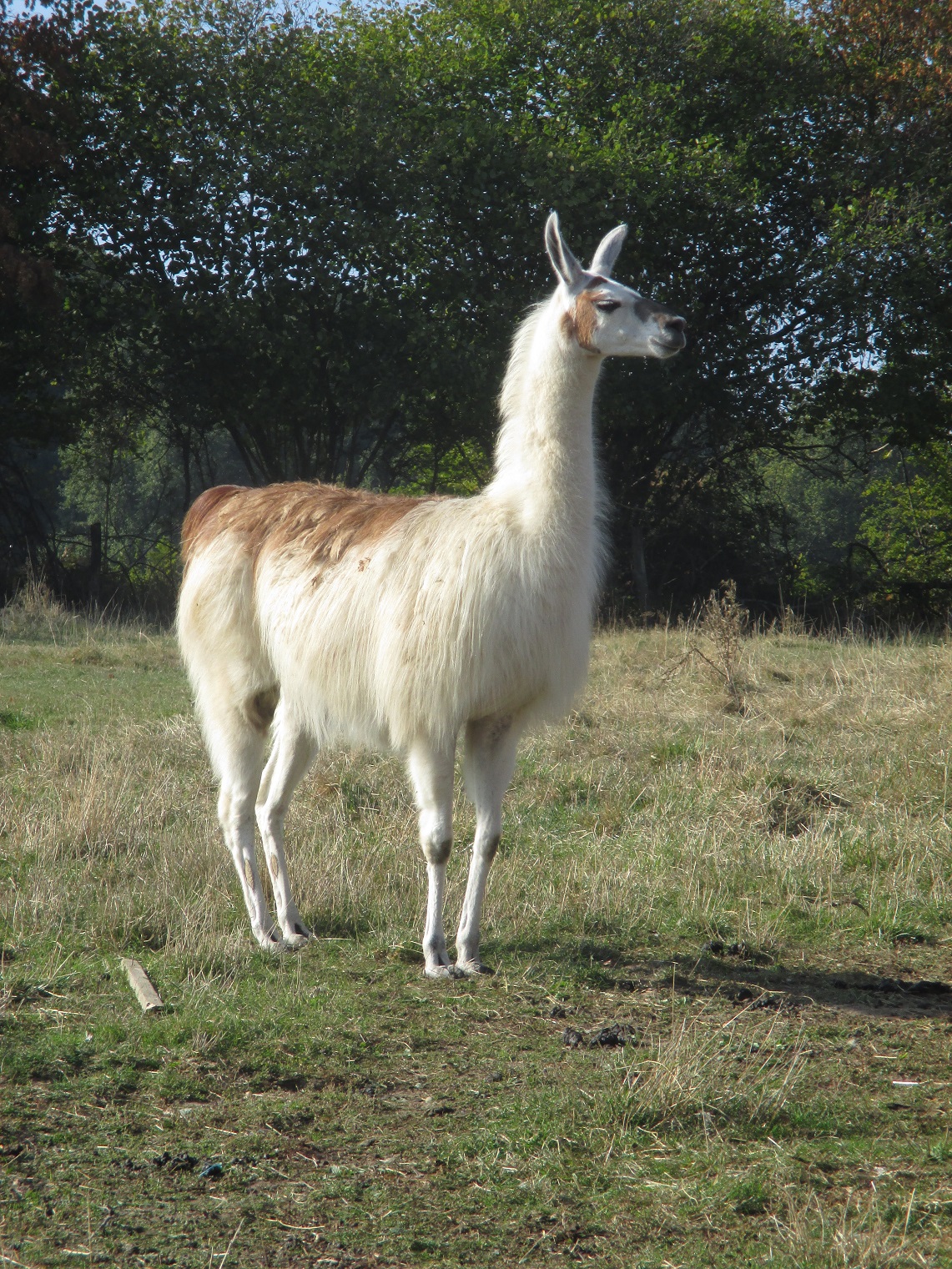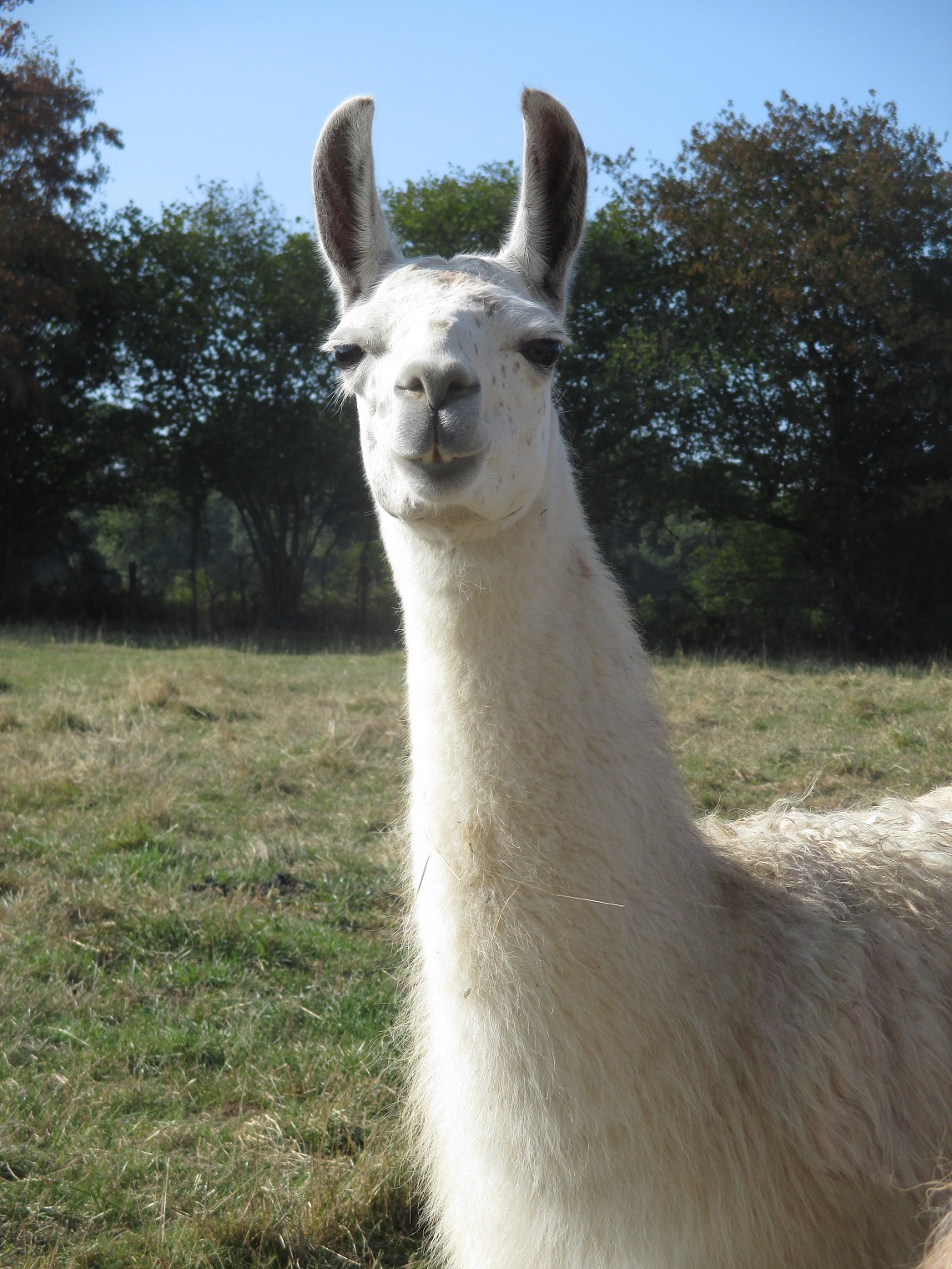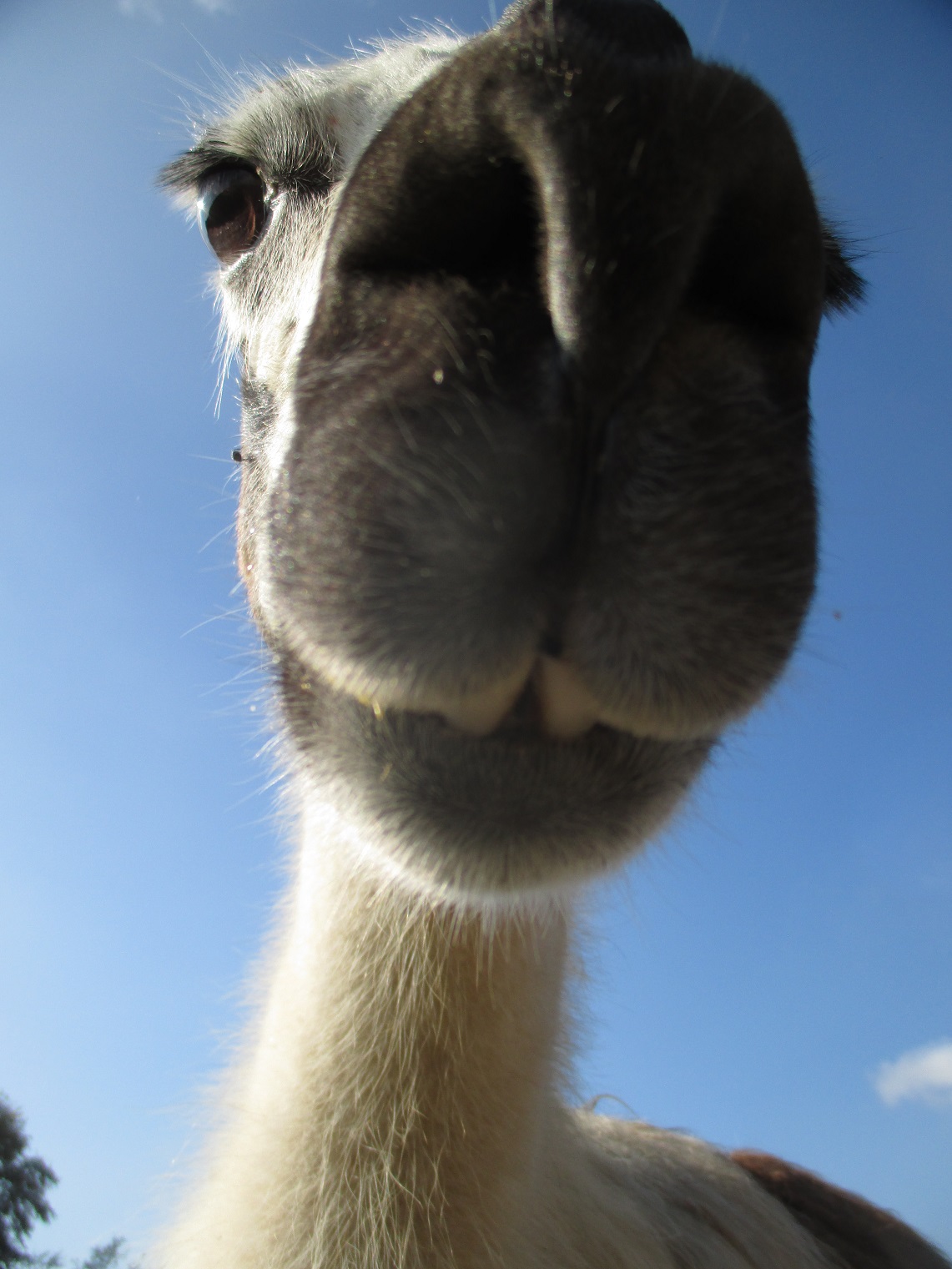Exciting times
by llamalady
##Exciting Times
We have exciting times ahead of us. On 1st September, the French government quietly introduced a new llama law: all camelids have to be tagged and entered on a database. The first I knew about it was when the vet gave me a print-out about it all when we called in for Nessie the dog’s tablets.
Up until now there has been a European organisation, LAREU, that has kept a voluntary record of llamas and alpacas, but that’s all. A lot of breeders microchip their stock, but plenty of hobby llama farmers, like me, who have bred for pleasure rather than profit, with the intention of keeping rather than selling all the offspring, haven’t done so. There’s been no need to.

It’s fair and sensible legislation. Many other animals, and certainly most larger ones, have to be identified so why not camelids? The only thing is that it sounds a lot simpler in theory than in practice. Pop a puce (microchip) into each animal? Great idea, and a cinch with a baby llama or alpaca. But with an adult? Hmm, not so straightforward with 100 or more kgs of uncooperative camelid to cope with. My herd is very much left to its own devices these days. When we stopped the trekking business, we stopped handling them regularly, and while they’re friendly and don’t mind me pottering around amidst them, they’re not keen on being handled. This was demonstrated recently when Ted, an alpaca, was affected by flystrike in the summer. It took three people to hold him still while the fourth lathered him in potent chemicals to kill the larvae. And he’s only a little guy.

Three are already chipped (we bought them pre-puced) but will need to be restrained for the vet to verify with his scanneur. They’ll actually be OK, since Katrina, Windy and Ciara are three of the best behaved when it comes to human-camelid interactions. Lulin and Georgie are the next best, but not especially cuddly. Ted we already know is feisty, and as for the huarizos, well, that remains to be seen.

So quite how we’re going to get chips into our lads is something I need to ponder. For a start I need to get them all halter trained. A handful of them are, or rather were, since it’s a while since they wore one. And to put a halter on, first you have to catch your llama. That’s the tricky bit. Llamas have long legs and an impressive turn of speed, and even their shorter-legged alpaca cousins can cover the ground swiftly. It’s a matter of cornering them. Generally, they tend to give up and wait for death if they see the odds are against them, but I’m not sure that Chris and I, two fifty-somethings, represent particularly high odds! It’s this determined human/reluctant and suspicious camelid interaction that’s going to be exciting.

It’s also going to take time and we’ll have to do the tagging in stages, maybe one or two a month. We have seven who require microchips so we’re looking at three or four vet’s visits. Which means more expense. Once the animals are tagged, the data have to entered into the new database, and there’s a charge per entry. I don’t know what exactly yet, but it won’t be a few cents, that’s for sure. So our hands will be in our pockets a fair bit next year.
We have until the summer to get the animals tagged as far as I can make out from the info the vet passed onto me, but if it has to take longer, then it will. Some things can’t be hurried, and llamas are some of those things!

